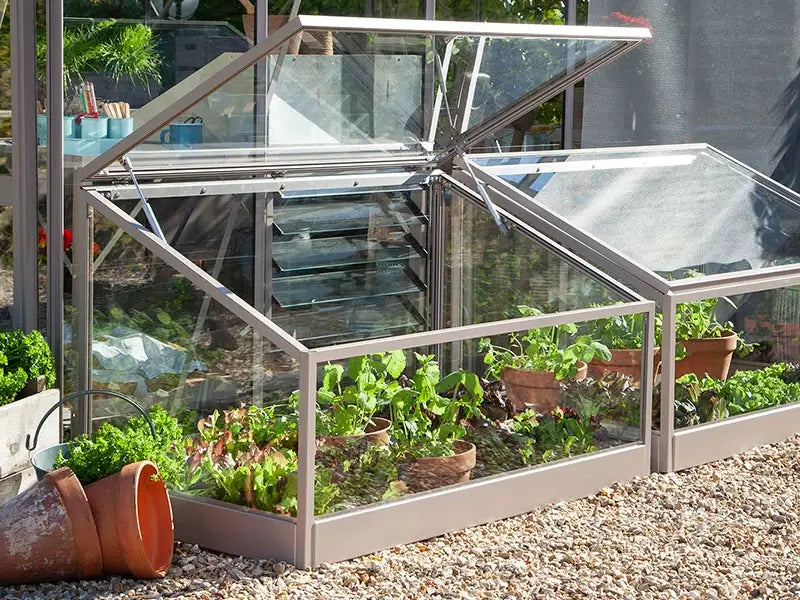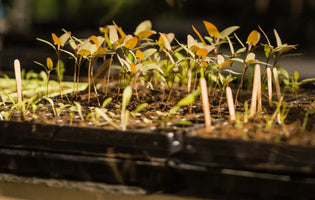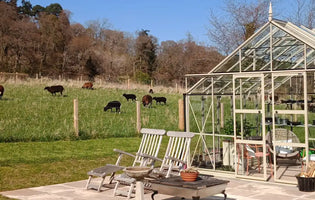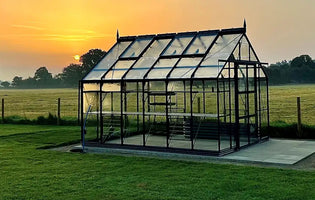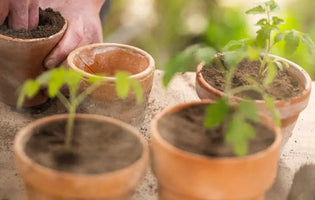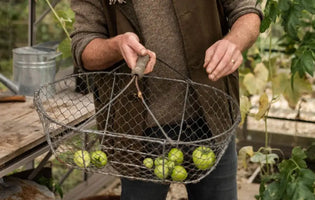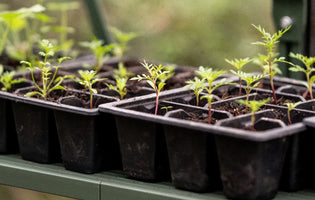Request a Brochure
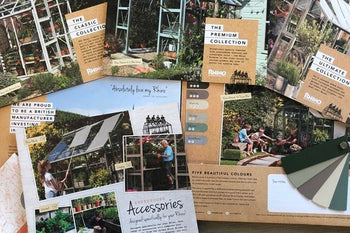
Growing your own food will be one of the best decisions you’ll ever make in your life. Aside from the fact that growing your own food helps the environment (less food waste, saves energy, promotes biodiversity), unsustainablemagazine.com notes that doing so is also good for your appetite, as you can grow a wide variety of crops. It is also good for your health since you get to exercise, breathe in the fresh air, and bask in some sunlight while gardening. You’ll even get to save money, so long as you don’t get carried away with buying fancy, exorbitant pots, and numerous gardening implements.
Of course, as already pointed out here in greenhousedirect.co.uk, a lot of that is contingent on you actually cooking what you grow, and then sharing not only the food, but the knowledge you've gained along the way, whether in planting, in cooking, and everything in between. So, again, go for it and grow your own food! You can most definitely grow herbs, like sage, parsley, and coriander, as they are relatively easy to take care of, and can level up your cooking. You can also grow plants that bear fruits or vegetables to give you a variety of options in your meal preparations. That said, you're probably asking: How about grains?
Well, yes, you can certainly grow grains if you want to! You don't even need a vast tract of land for it, as you can grow grains right in your garden. And, in fact, growing grains is actually a good idea, and is something we'd highly recommend.
What are grains?
So, what, exactly, are grains in the first place? Grains are the harvested seeds of grasses, like wheat, oats, rice, and corn, and they are small, a bit hard, and dry. They are also edible and can be used in a wide variety of dishes, from buckwheat croquette to homemade bread and even pita, hummus, and of course, cereals and oatmeal.
Why grow grains anyway?
Aside from adding even more variety to your food choices, grains are some of the healthiest foods you and your loved ones can incorporate into your everyday diets. In fact, healthline.com details how grains are nutrient-rich, which is why consuming it can help lower your risk of heart disease and stroke, reduce your susceptibility to type 2 diabetes, promote better digestion, and decrease your risk of certain cancers, notably colorectal cancer. By growing grains, therefore, you're putting healthy produce within your reach.
Incidentally, grains are extremely versatile in that you can consume them in so many ways. As discussed by epicurious.com there are so many grains to choose from, and just as many ways to prepare those that you are growing in your own backyard. However, one of the easiest and most popular ways to prepare grains is by boiling them, as in the case of, among other grains, barley, bulgur, and amaranth. The rice cookers on weknowrice.com let you cook grains as you would rice, which is perfect for those with busy schedules but are looking to prepare healthy treats.
Sometimes, kernels of grain are also left whole and then roasted, or even sprouted slightly before cooking. They can also be incorporated in porridge recipes, or included in different types of salads and muffins. And when left to ferment, they can even become the base of various alcoholic beverages. This means you have more healthy food to cook, and, just as important, more food to share.
On top of all that is the relative ease with which you can plant and grow grains on your own. The fact is, circumstances are largely in your favour if you do decide to grow grains in your backyard or garden. You'll find out why in the next section.
Growing One's Own Grains
It's an erroneous belief that one can only grow grains on acres upon acres of land. Truth is you can grow grains right in your backyard or garden. A 305 square metre backyard, for instance, can accommodate at least a bushel of wheat, which is equivalent to 4.29 stone of grain that can be used to bake some 90 loaves of bread. Even a row in your vegetable garden, in fact, will yield enough grain for home use and sharing.
It goes without saying that wheat would be a good starting point, with agriculture.com noting how it can thrive in 'a diverse range of climates and soils'. You'd have to choose from a variety of wheat types as well, with the two most common being winter wheat, which you will plant during fall and harvest in the summer, and spring wheat, which you will plant during spring and harvest in late summer.
That's not to say wheat is your only option. Among the other grains you can grow on your own are barley, rye, buckwheat, millet, and oats, all of which are grown in nearly the same fashion as wheat and have almost identical requirements: fair- to good-quality soil, fair climate, and decent amounts of both water and sunshine. Here are some steps to get you started:
- Choose the grain you want to grow.
- Allot some space for your grains. It can be a row on your garden, a couple of big pots, or a dedicated seed bed (if you have plenty of space). Just make sure the area receives full sunlight.
- Buy grain seeds from seed suppliers, like Grain Seed Ltd and Global Grains & Ingredients.
- Sow the seeds by hand.
- Rake the soil to ensure that the seeds are at least 2 inches deep.
- Spread loose straw over the seeds. Make sure it is 2 to 4 inches thick to trap some moisture in and keep out weeds.
- After planting, make sure that you keep the soil moist for the most part.
The thought of growing grains on your own can be intimidating, so much so that you may refuse to entertain the idea. But that shouldn't be the case! You can grow your own grains, and you ought to try doing it. Now would be a great start!

